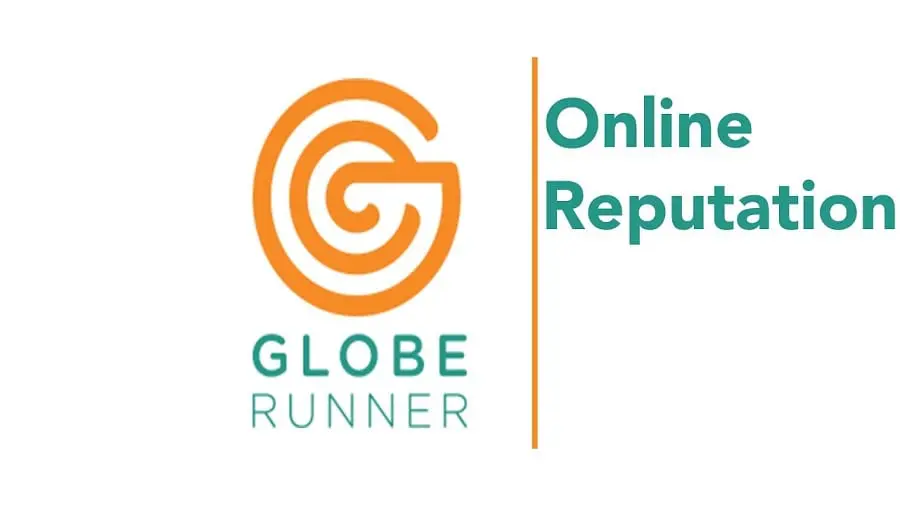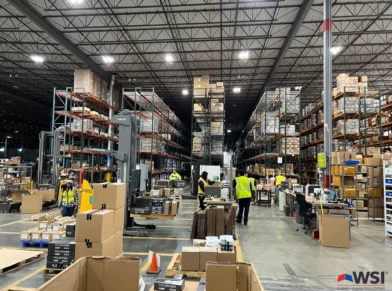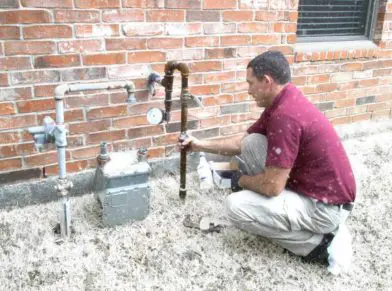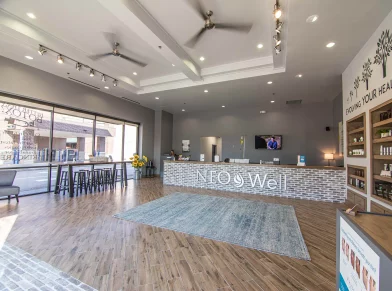Managing Your Online Reputation

Online reputation is an important aspect for not only large enterprises, but small businesses as well, and it’s an area that’s often neglected. So the question is, how can you improve your online reputation, or even establish one if you don’t already have it?
Some of the basics that can help you get your name out there are your Facebook page, your website, and Google Plus page, to name a few. But how can we get positive reviews and customers raving about our business?
That’s what digital reputation is about: getting customers to give you five-star reviews. Of course, it’s essential to have a good service/product, but that doesn’t seem to be enough these days. We have to ask our customers appropriately to give us feedback and reviews.
There’s a lot of different ways you can go about doing this, but we have come up with a system that really works and is effective: We don’t ask our customers to give us reviews. Now, that may be counter-intuitive, but that’s not what I’m going to lead with. As soon as a customer comes to my store or I go to their location to provide a service, I don’t automatically ask them to review my performance. Frankly, a lot of customers are turned off by that and they don’t think they would benefit from it.
So instead, I ask them for their feedback. Feedback doesn’t have a positive spin to it. It could be negative or positive, and it urges the customer to give their honest opinion. That’s the differentiator. Asking for feedback rather than reviews. I don’t want that feedback to go on the web because I don’t know if what my customer will say will be positive or negative. So we take that feedback internally and we have a system that allows us to decide whether or not that feedback was positive, negative, or neutral.
If the feedback was negative, we need to put that into a customer service group where they get an apology e-mail, and once that has been sent out, an actual customer service rep will call them asking them how we can best resolve the situation. That way, we catch them before they have time to get angry, go on yelp or any other review site, and write something negative about our establishment.
Once we resolve all of the issues with the negative feedbacks, we look at the positive and neutral ones. For the neutral ones, you can decide if you want to reach out to them or not. The ones that have great, positive things to say are the ones that get a follow-up e-mail thanking them and requesting them to share their positive feedback on their social media accounts, our Google Plus, or Yelp pages.
Depending on the industry, you can pick which social media and review platform works best. This way, I’m controlling my digital reputation. I’m not artificially inflating who I am. I’m handling customer feedback by asking the ones who have great things to say about my business to promote those things publicly.



















